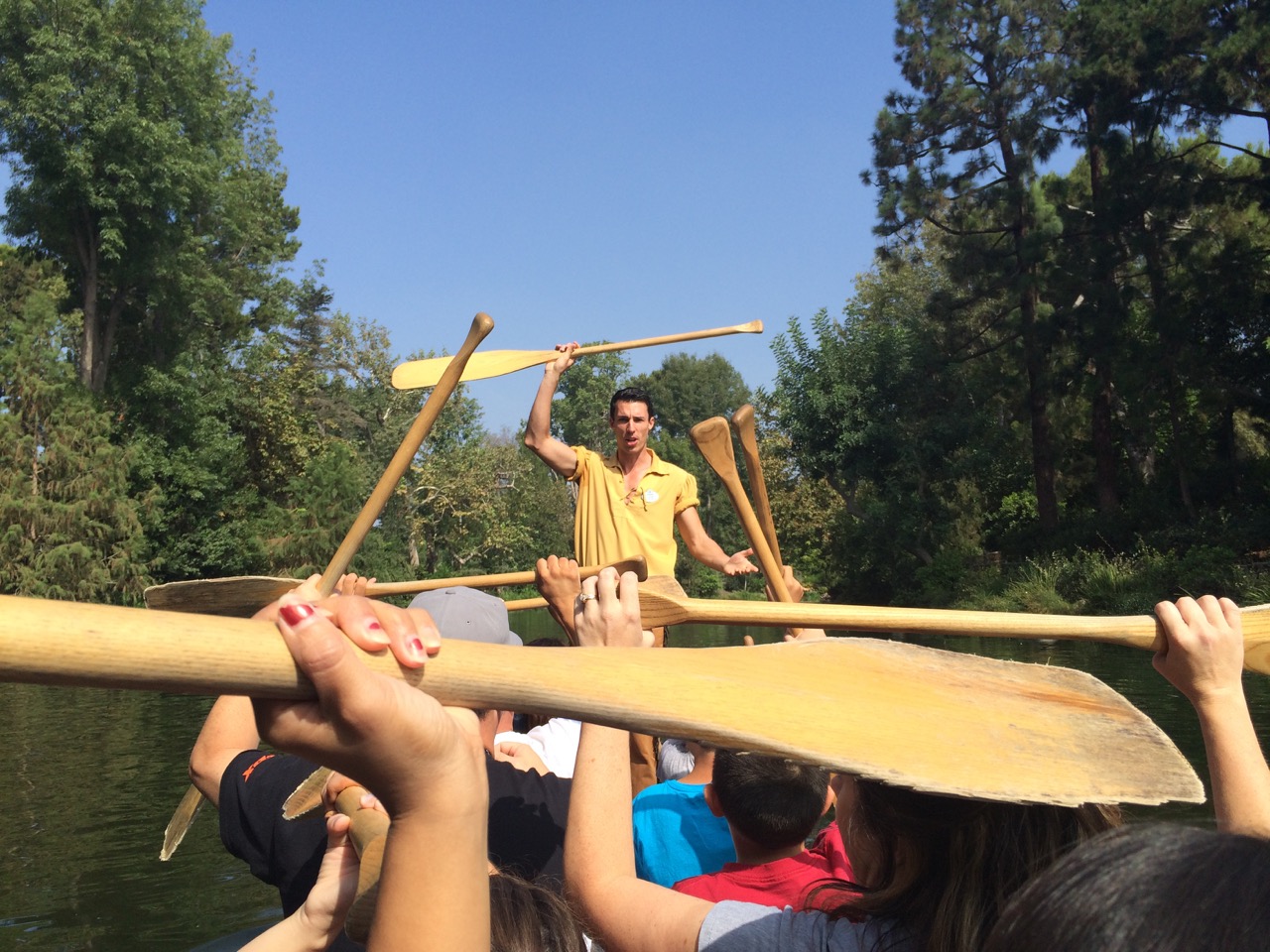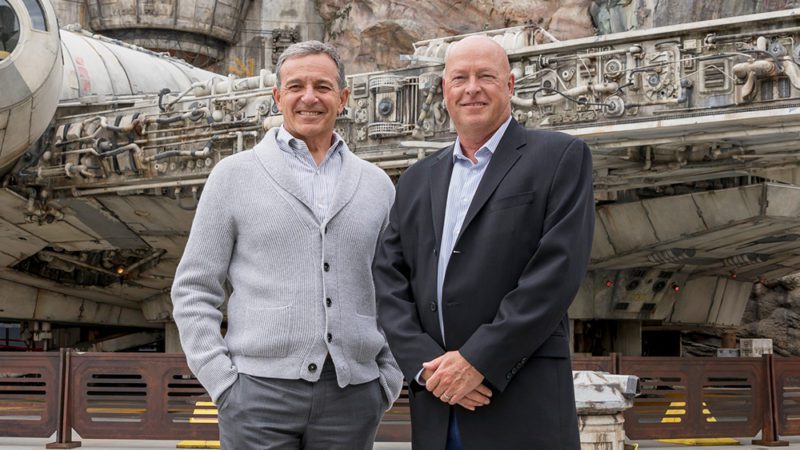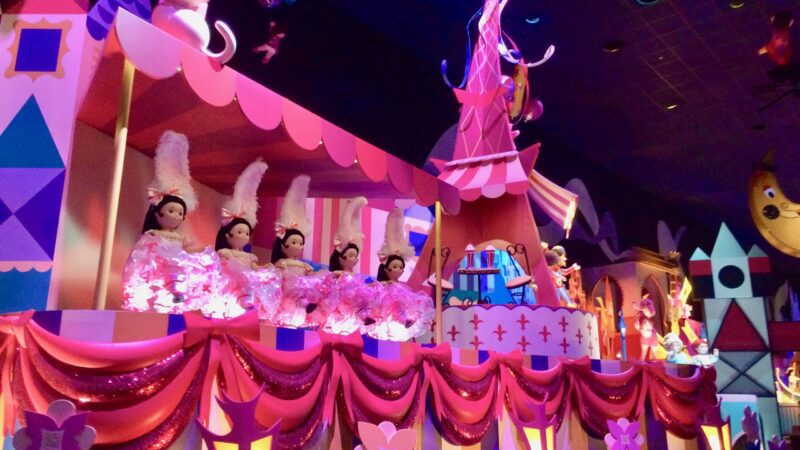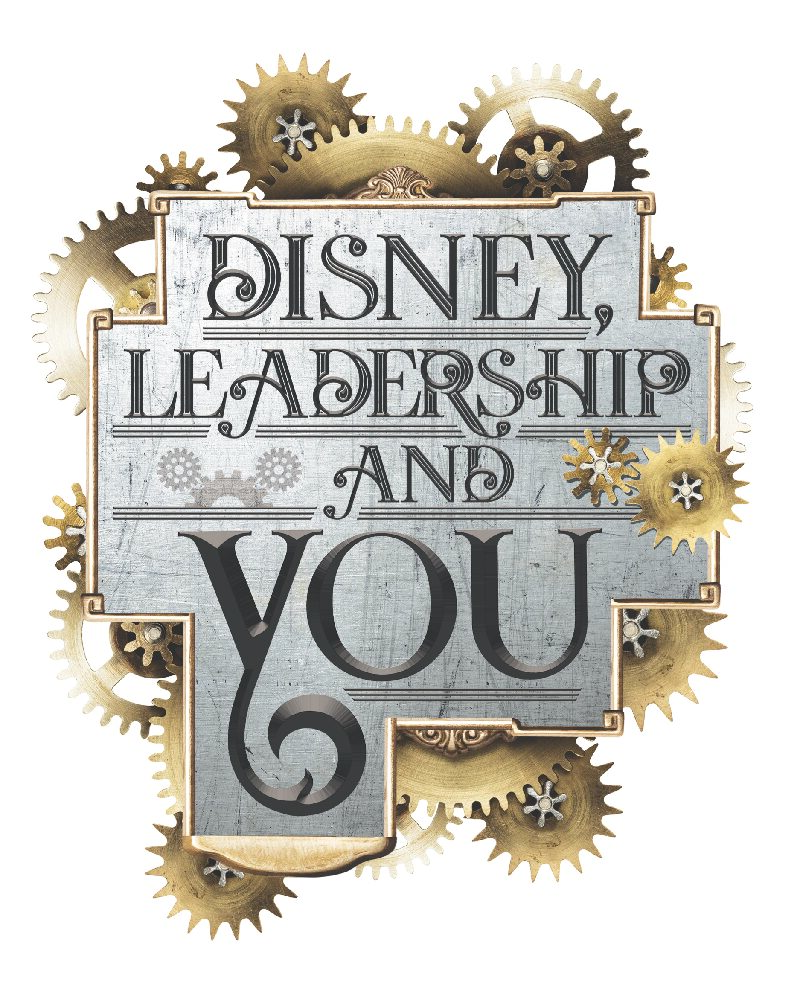Lessons From The Annual Canoe Races


As a new Disney cast member, I remember anticipating my first canoe race. Dozens of teams would sign up, usually from different parts of the operation. There would be some group representing Disney’s Caribbean Beach Resort, one group of French cast members from World Showcase, while another group represented cast members from the Jungle Cruise.
I was with The Disney Institute and was excited to organize a team. I tried to drum up support. Unfortunately, most of my colleagues had been around Disney for years. For them it was “been there, done that.” Instead, I managed to sign up with a group of misfit Cast Members throughout the property wanting to be part of a team. The only thing we shared in common was our excitement in participating in the canoe races.
These events were done over several days, and all before the guests entered the park. I remembered entering the backstage area behind Frontierland while it was barely light. The races started organizing just after 6 a.m. A little fog was coming off of the Rivers of America, and it seemed that you were truly in a magical frontier. No guests, just the quiet of the morning, and cast members gathering from all over.
There were no practice runs, which fortunately put everyone on the same level of competency or incompetency, depending on how you looked at it. It didn’t matter. After all, it was really about having fun.
When it came our turn, we eagerly boarded our canoes, and rowed out to the starting line, which is approximately the space between the current rafts to Tom Sawyer Island, and the island dock itself. You would row against another team, but your success in moving up was based on your overall time. We were on the outside lane. Not the ideal, but we were enthused and ready to win.
The whistle was blown and off we paddled! We rowed hard. We knew that success was dependent on everyone rowing in unison, so we were all very focused on timing our paddles together so that we would maximize speed. And speed we did. We were paddling so hard that we quickly out-stroked the other team by nearly a canoe’s length within only a few seconds after starting.
And then wham! We hit rock! Actually a cement shore painted like rock. We looked up only to realize that we indeed had hit Big Thunder Mountain and ran up the shore! It was then we realized that we were all so focused on moving as fast as we could that none of us were paying attention to where we were going! It was all rowing and no steering!

We beached so hard on the shore that we couldn’t paddle backward. In fact, a few had to get out of the front of the canoe to lighten the weight and push the canoe back into the water. We went on to finish the race, but make no mistake about it. Our efforts won the record for the worst time ever in canoe paddling history!
Fortunately, I’m not much of a competitive person, and we all kept a great sense of humor about it in the end. But the experience has often caused me to reflect about a couple of key points:
First, you must separate the duties of steering from rowing. For those of you who remember the canoes at The Magic Kingdom, or who still get to enjoy them seasonally at Disneyland, you’ll recall that there are two cast members for every canoe. One of those cast members takes the lead in getting everyone to row and to do so in sync. But the other sits in the rear. Their job is not to row the canoe, but to steer the canoe in the direction it should go.

The same is true of any good organization. We need people who can steer, and people who can row. Steering requires people who can see the big picture. These are individuals can look across the landscape of issues and possibilities and can identify opportunities and strategies for moving forward. Rowing on the other hand, requires those people who are good at focusing intently on one mission and in performing that mission well. Those leaders that row are working to make their efforts succeed by coming together as a team. Those leaders that steer are always looking to find the best ways to achieve their goals. Both are needed.
We too often put very capable people on jobs and expect them to row, when they really could be putting their attention best to steering the organization in the direction it should go. Unfortunately, we don’t get to see them doing their best, because they are strapped down on the minutia of jobs and tasks that have little bearing on where the organization should be going. Steering is very difficult when we take the organization’s best strategists are devoted to rowing.
Institutionally, there is a time and place for steering and rowing. Moreover, there’s a time and place for separating the two. Leaders want to make sure both occur and are successful in what they individually must do to create the greater whole. This is an important lesson.
But there is another lesson that I learned that morning on the banks of Big Thunder Mountain. One that I’ve taken much more personally: How often are we paddling through life working as hard as we can without paying attention to where we are headed? Do we know where we’re going to?
This plays out in several ways. Sometimes it’s a result of not having our own moral compass leading us. Sometimes it’s about focusing so hard on work that we forget important relationships, and about our own families. We drive hard for success, but give too little time to what success is really about. We row hard, only to find ourselves disappointed by the time we’ve reached the end of our journey.





